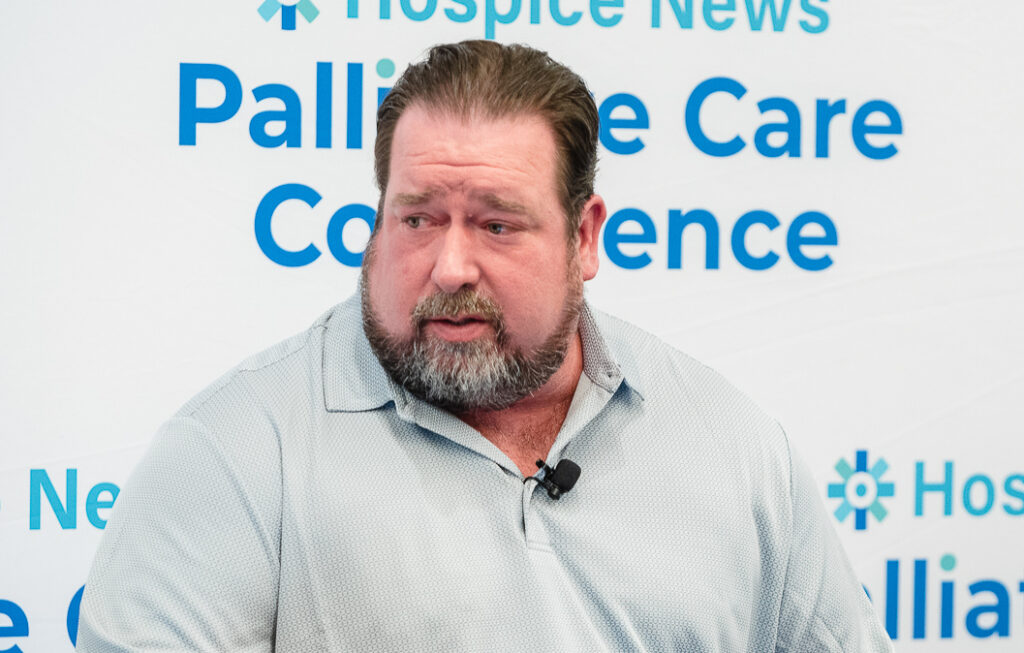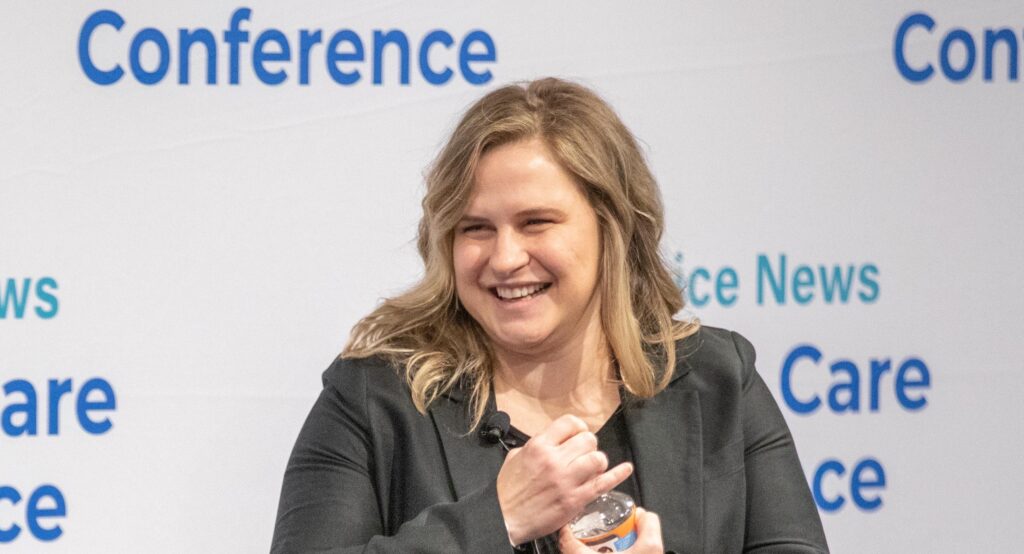Two years ago, CEO Jonathan Fluhart and COO Tiffany Hughes launched PalliCare to fill a need in the home-based care space.
The company employs nurse practitioners and other clinicians to provide palliative care in the home. At the same time, PalliCare helps nurse practitioners interested in setting up their own palliative care practices.
The provider’s executive team combines Fluhart’s business experience with the clinical expertise brought by Hughes, a nurse practitioner herself.
PalliCare is growing fast, and its co-founders are not slowing down.
“We’re growing pretty exponentially right now, especially in skilled facilities like nursing homes and such. It’s really been our hottest areas to be in,” Fluhart told Palliative Care News. “But we’re probably seeing 20% to 25% growth month over month right now.”

That growth is manifested in a recent geographic expansion. Headquartered in the east Texas border city of Texarkana, PalliCare is now working along the Hudson River in eastern New York state. According to Fluhart, the company is helping a physicians’ group in that area set up a home-based palliative care system.
The organization’s co-founders feel ready and able to manage that rapid growth. Fluhart points out the company started with zero patients and zero dollars and has begun, in the past few quarters, to show signs of profitability.
“I think as long as we continue to scale at an appropriate rate, I think just controlling the scale is probably the key to being able to make it sustainable in the future,” he said.
They have encountered obstacles, including the need to develop payer relationships from scratch. The company has about a dozen different insurance companies in its payer mix, in addition to Medicare and Medicaid.
“We really haven’t come up with the perfect payer mix yet,” he said. “It’s not the same as home health and hospice. On a Part A benefit, you’re getting that benefit from Medicare, so you want to have like 80/20 Medicare versus private payers. In ours it’s different because in Part B, sometimes the private payers or the insurance companies pay more than Medicare.”
For Hughes, the PalliCare model realizes an ambition of filling the care gap between home health and hospice care.
“Everyone that works in that industry can very plainly see that there is a very large gap in patient care for patients that probably need hospice, but they’re not ready prognosis-wise or emotionally,” Hughes told Palliative Care News.

But, Hughes said, the limited pathways to reimbursement can make growth a struggle. She is working on several councils that advocate for a community-based palliative benefit within Medicare.
Payment concerns aside, Fluhart pointed out the company has never rejected a patient because of cost or payment issues. PalliCare focuses on geriatric patients, and Fluhart was quick to acknowledge seriously ill people outside that demographic also need palliative care.
As lobbying efforts continue, the company is looking to the future. For example, it’s building out a software program created for palliative care operations, analytics and financials.
“Hospice-based solutions generally lack in the provider charting and coding capabilities we have found success in. Clinic-based solutions fall short with scheduling in the community-based setting and are geared towards clinic operations only. Ours is specifically community-based palliative from the ground up, tying together the two EMR worlds,” Fluhart said.
On the clinical side, the company is seeking ways to engage in the health care conversation.
Hughes says one example is a plan to partner with hospices that have full-time nurse practitioners on staff that also are trying to start a palliative program.
“We’re basically helping that hospice build out their palliative program using our platform, but with their nurse practitioner staff,” she said.
Hughes is looking forward to seeing these partnerships in action, and other opportunities these alliances can bring.
As a new enterprise, PalliCare is working to stay nimble and experiment with a variety of different approaches to fostering growth.
“I think everything we’re doing is going to continue to be a work in progress,” Fluhart said.

